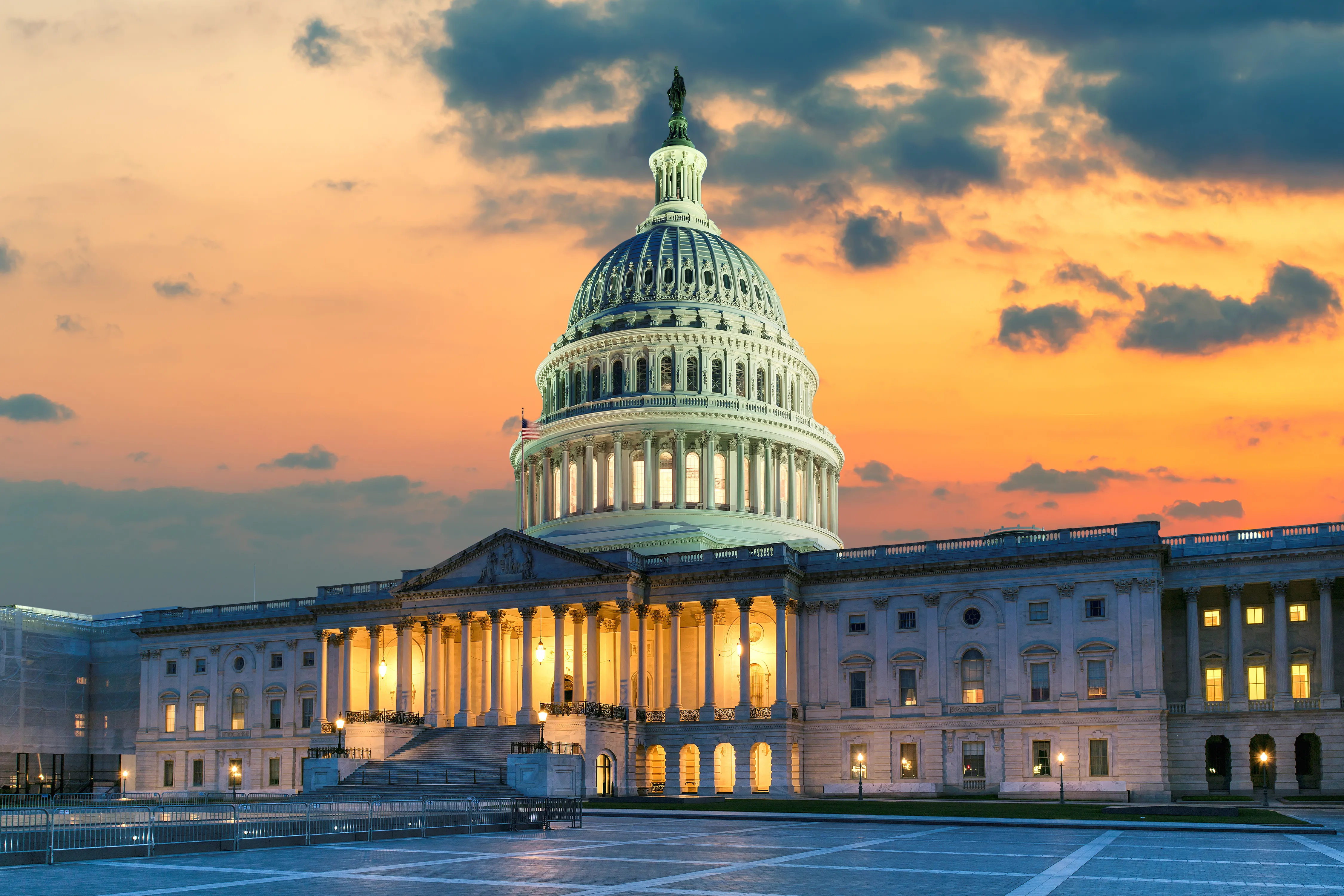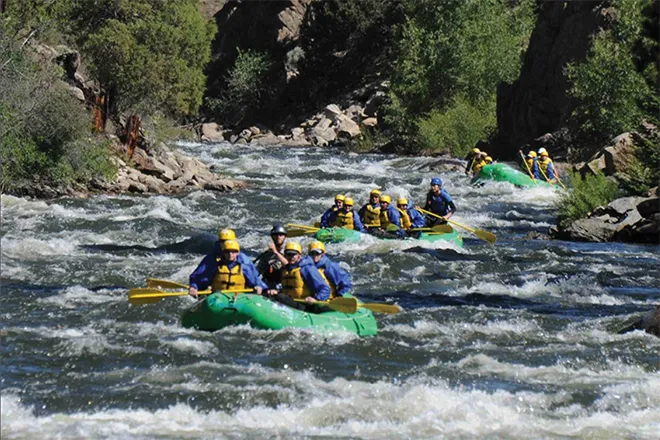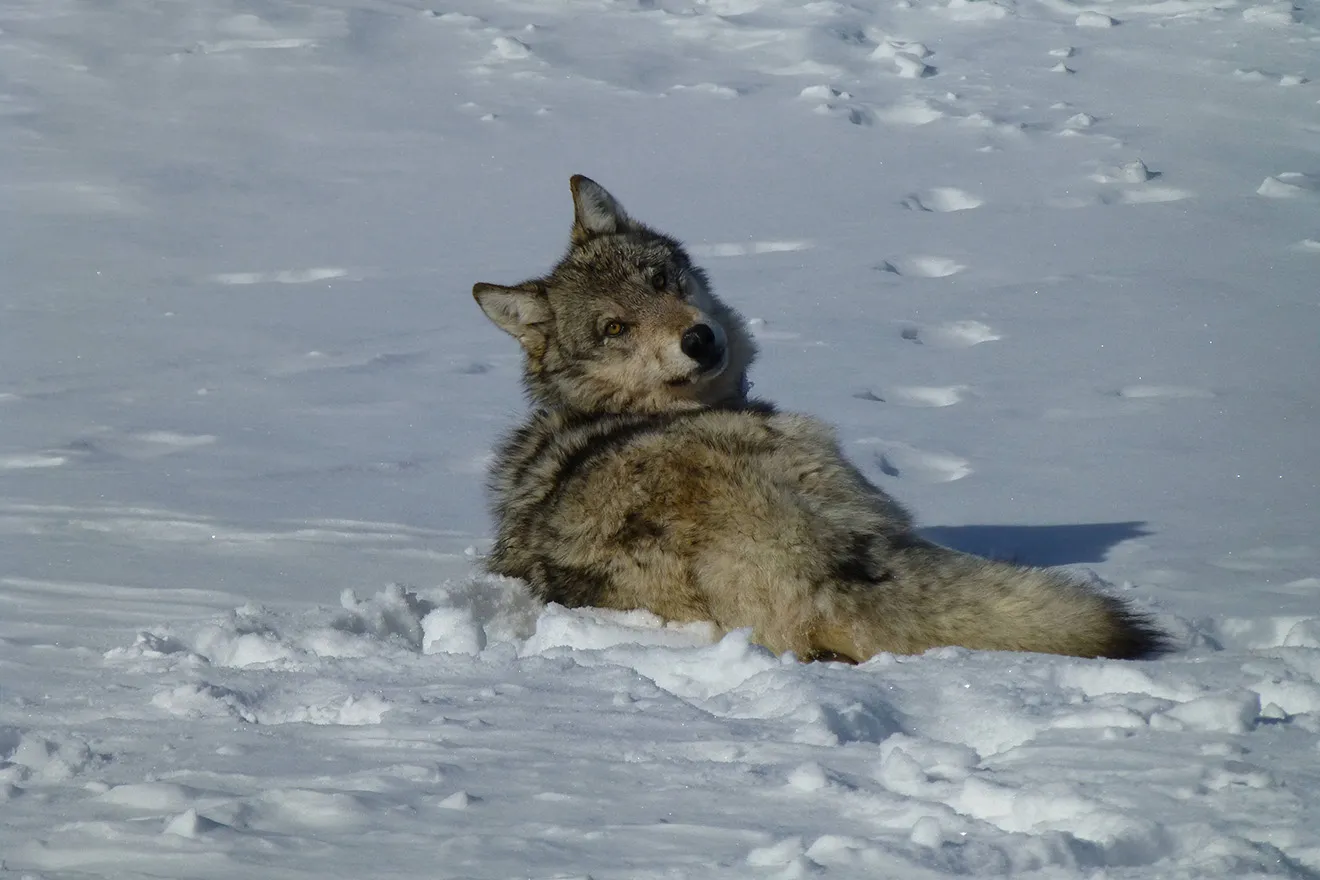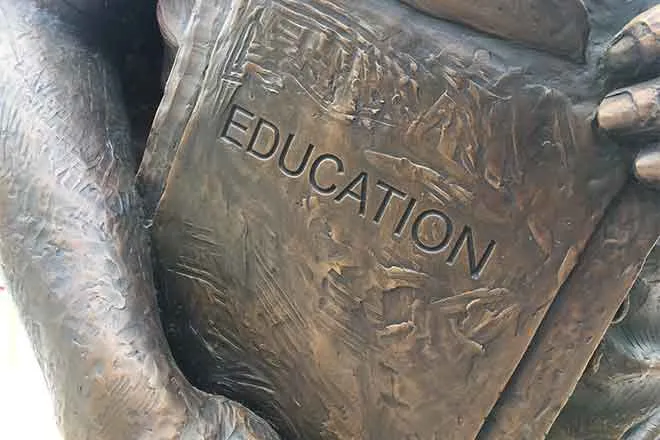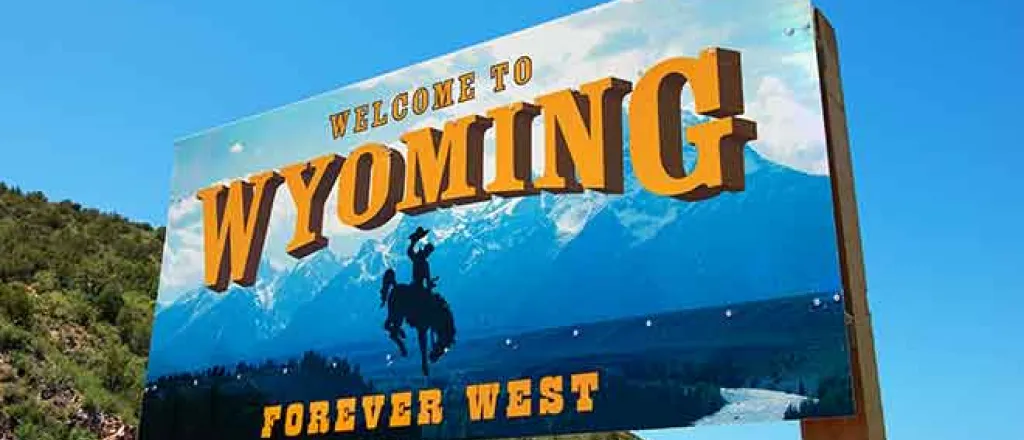
Wyoming's success wins federal funds for new wildlife crossings
Click play to listen to this article.
(Wyoming News Service) Wyoming won the largest grant in the nation, $24 million, in a federal pilot program aiming to reduce wildlife-vehicle collisions and protect migration corridors.
The Wyoming Game and Fish Department estimated 80 deer or antelope are killed by vehicles each year along a section of highway 189 south of Kemmerer.
Josh Coursey, CEO and co-founder of the Muley Fanatics Foundation, said it is also a motorist safety issue.
"This particular stretch of highway has always been troublesome for motorists to travel," Coursey explained. "It sits directly in the heart of a winter range for a mule deer and pronghorn herd."
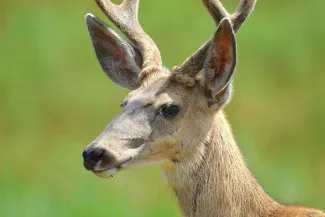
Mule deer buck - USFWS - public domain
Each year, 6,000 vehicle-big game collisions are reported in Wyoming, resulting in up to $23 million in wildlife losses, and nearly $30 million in personal injury costs. The grant comes from the U.S. Department of Transportation's initial investment of nearly $110 million to reduce collisions.
The total cost of the Highway 189 project is expected to be $37 million, a price tag which includes up to six wildlife underpasses and one overpass on a section of road scientists and state officials have identified as the most in need of protections.
"It's about a 30-mile stretch of roadway," Coursey noted. "That will also include exclusionary fencing, which will help funnel, if you will, these critters to these appropriate underpasses and overpass so that they can cross this roadway as they continue to seek out their food."
Coursey emphasized he expects Wyoming will become the poster child for the pilot program because the plan will be successful on Day One. He added the state put itself in the driver's seat to win this funding after years of work by state game managers, scientists and conservation groups, along with the solid commitment of lawmakers.
"Through satellite collaring of critters and their migration movements has really been able to pinpoint and identify where these need to be," Coursey stressed. "They'll be in a place that works right out of the gate."




